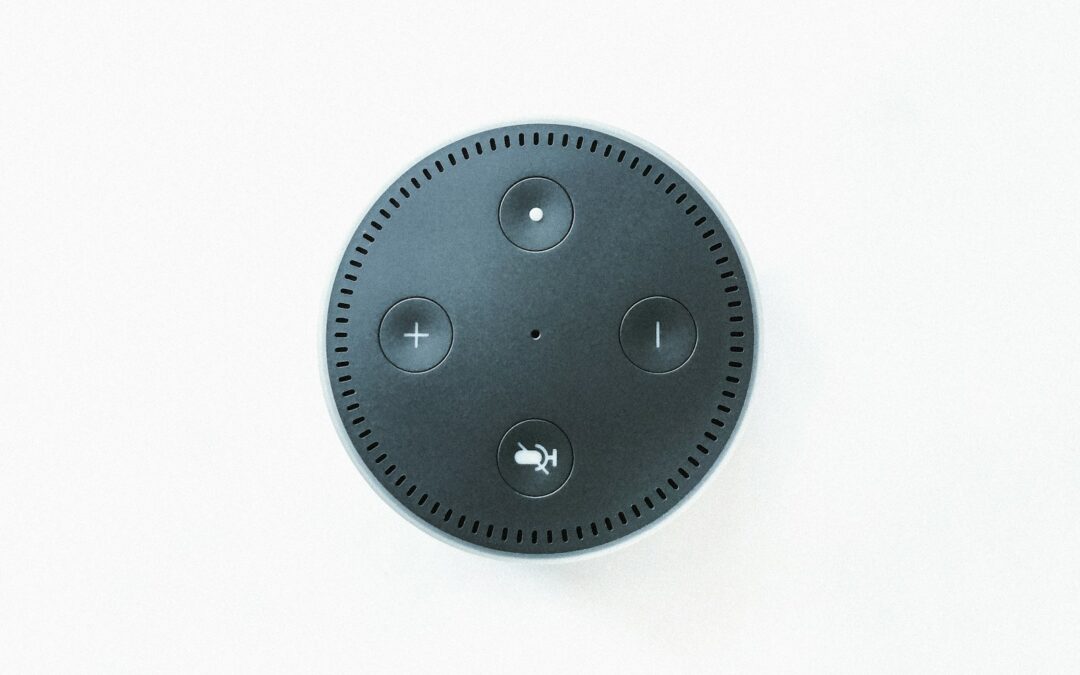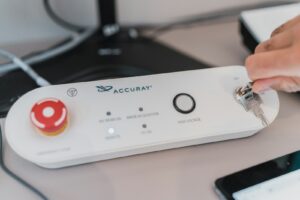Addressing Interoperability Challenges in IoT Systems
Understanding the Importance of Interoperability in IoT
The importance of interoperability in IoT solutions cannot be overstated. Interoperability refers to the ability of different IoT devices and systems to communicate and work together seamlessly. In a landscape where diverse technologies and protocols exist, ensuring interoperability is a significant challenge. This challenge is particularly relevant in regions like Saudi Arabia and the UAE, where rapid adoption of IoT technology is underway to drive smart city initiatives and industrial automation. Without interoperability, the full potential of IoT cannot be realized, as fragmented systems fail to deliver cohesive and efficient operations.
In Riyadh and Dubai, the deployment of IoT systems spans various sectors, including healthcare, transportation, energy, and manufacturing. Each of these sectors uses different devices and protocols, making interoperability crucial for integrated and streamlined operations. For instance, in smart cities, traffic management systems, environmental monitoring sensors, and public safety devices must work in harmony to optimize urban living conditions. Achieving this level of integration requires robust interoperability solutions that can bridge the gaps between different technologies and ensure smooth data exchange.
One of the primary strategies to address interoperability involves the use of middleware platforms that act as intermediaries between diverse IoT devices and systems. These platforms standardize communication protocols and data formats, enabling disparate devices to interact effectively. For example, in smart manufacturing, middleware can integrate machines from different manufacturers, allowing for unified control and monitoring. This approach enhances operational efficiency and reduces the complexity associated with managing heterogeneous IoT environments.
Standardization as a Key Enabler of Interoperability
Standardization in IoT connectivity protocols is essential for achieving interoperability. Standards provide a common language for devices and systems to communicate, ensuring compatibility and reducing the fragmentation that hinders seamless integration. In the context of Saudi Arabia and the UAE, where IoT adoption is accelerating, standardization efforts are critical to support the scalability and reliability of IoT solutions. Adhering to established standards ensures that IoT deployments can grow and evolve without encountering compatibility issues.
Global organizations such as the Institute of Electrical and Electronics Engineers (IEEE) and the International Organization for Standardization (ISO) play a pivotal role in developing and promoting IoT standards. These standards cover various aspects of IoT, including communication protocols, data formats, security measures, and device interoperability. By following these standards, manufacturers and developers can create IoT solutions that are compatible with a wide range of devices and systems, facilitating smoother integration and operation.
In regions like Riyadh and Dubai, where smart city projects and industrial IoT applications are expanding, the adoption of standardized protocols is vital. For instance, the use of standardized communication protocols such as MQTT (Message Queuing Telemetry Transport) and CoAP (Constrained Application Protocol) ensures reliable data exchange between devices and systems. These protocols are designed to work in resource-constrained environments, making them ideal for IoT applications that require efficient and secure communication.
Implementing IoT Solutions for Seamless Integration
Leveraging Advanced IoT Platforms for Integration
To address the issues of interoperability and standardization, businesses and cities are turning to advanced IoT platforms that facilitate seamless integration of devices and systems. These platforms provide comprehensive frameworks for managing IoT networks, offering tools for device management, data analytics, and protocol translation. In Saudi Arabia and the UAE, where the focus is on creating smart, connected environments, the deployment of such platforms is instrumental in achieving cohesive IoT ecosystems.
IoT platforms such as Microsoft Azure IoT, Amazon Web Services (AWS) IoT, and Google Cloud IoT offer robust solutions for integrating diverse IoT devices and systems. These platforms support multiple communication protocols and provide middleware services that translate data between different formats. For example, a smart city in Dubai can use an IoT platform to integrate traffic sensors, environmental monitors, and public safety systems, ensuring that data flows seamlessly across the network. This integration enhances decision-making, improves operational efficiency, and enables proactive management of urban services.
Moreover, these platforms offer advanced analytics and machine learning capabilities that transform raw IoT data into actionable insights. By analyzing data from various sources, cities and businesses can optimize operations, predict maintenance needs, and enhance service delivery. In Riyadh, for instance, predictive analytics can be used to optimize energy consumption in smart buildings, reducing costs and supporting sustainability goals. The ability to integrate and analyze data from multiple sources is a key advantage of using advanced IoT platforms.
Ensuring Security and Compliance in IoT Deployments
Security and compliance are critical considerations in the deployment of IoT solutions, particularly in ensuring interoperability and standardization. As IoT networks grow and become more complex, the risk of cyber threats and data breaches increases. Ensuring that IoT devices and systems adhere to security standards and protocols is essential for protecting sensitive data and maintaining the integrity of IoT networks. In regions like Saudi Arabia and the UAE, where data privacy and security are top priorities, robust security measures are vital for the success of IoT initiatives.
Standardized security protocols, such as TLS (Transport Layer Security) and DTLS (Datagram Transport Layer Security), provide encrypted communication channels that protect data in transit. These protocols are widely adopted in IoT deployments to ensure secure data exchange between devices and systems. Additionally, implementing security best practices, such as regular firmware updates, strong authentication mechanisms, and network segmentation, further enhances the security of IoT networks.
Compliance with regulatory standards is also crucial for ensuring the reliability and safety of IoT solutions. In the UAE and Saudi Arabia, regulatory bodies set guidelines and standards for IoT deployments to ensure that they meet safety, security, and performance criteria. Adhering to these regulations not only ensures compliance but also builds trust among users and stakeholders. For example, in healthcare IoT applications, compliance with standards such as ISO 27001 for information security management ensures that patient data is protected and healthcare services are delivered safely and effectively.
Conclusion
In conclusion, the role of IoT solutions in addressing interoperability and standardization is critical for the successful deployment and operation of IoT networks. By leveraging advanced platforms, adhering to standardized protocols, and implementing robust security measures, businesses and cities in regions like Riyadh, Dubai, Saudi Arabia, and the UAE can create cohesive and efficient IoT ecosystems. These efforts not only enhance operational efficiency and data security but also support the scalability and reliability of IoT deployments, driving innovation and success in the digital age.
—
#IoTSolutions #Interoperability #Standardization #ConnectivityProtocols #ModernTechnology #SaudiArabia #UAE #Riyadh #Dubai #IoTIntegration













